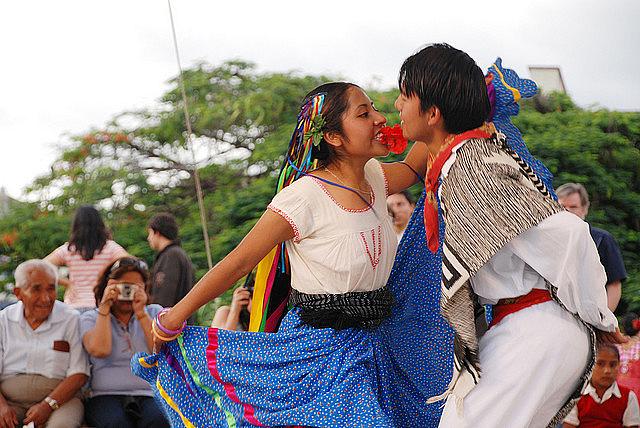The language and cultural barriers that many Mexican indigenous migrants face in California
Image

Published on
February 20, 2015
The first time I heard the Mixteco indigenous language, was in the remote mountains of the Mexican state of Guerrero. We went to a village where people live in extreme poverty. Their houses are made out of raw earth and the nearest store, school and emergency room are a three hour drive from their community. But they do not have transportation to access these facilities. They must walk miles to see a doctor.
The road to get there was narrow. We were working on a story about human trafficking in the area. Young indigenous ladies were being sold as slaves and wives to men from other communities. We met Elvira, who had been a victim but managed to escape. She told us her story in Mixteco.
It is a complicated language full of clicks and tones not used in English or Spanish. An interpreter went with us to the interview. I could not understand what Elvira was saying, but I was amazed by the fact that the words in her painful story sounded soft, the rhythm in her speech was placid, almost like a song.
According to the National Institute of Statistics and Geography (INEGI) there are 85 different native languages in Mexico, but speaking one of these dialects and not speaking Spanish represents a significant barrier. Language marginalizes indigenous people. Many of them are abused because of their poverty, their lack of education, the oblivion they live in – and their language.
The isolation these communities live in forces them to emigrate, California being one of their main destinations.
According to estimates made by the Indigenous Farmworker Study (IFS) there are around 120,000 indigenous Mexicans working in the fields of California and their numbers are growing.
Many of them are living in the country, illegally. They typically don’t have access to health care. Furthermore, most of them work in agriculture and they face poor living conditions, backbreaking labor, exposure to pesticides and higher-than-normal rates of illnesses.
Many other Mexican indigenous migrants live in the cities. The largest group in Los Angeles, for example, is the Zapotecos. Not many studies have been done to describe their situation in the LA metropolitan area; however, members of this group have told me that many are monolingual (only speak their native language) and understand no English or Spanish. Some are also living here illegally and have limited access to health care.
As we said before, many of these people migrated north trying to escape from the marginalization in their own home; the paradox comes when they find that in their new home they lack the same attention and the same basic services.
What is recommended to help this population? What is being done and what creative small programs have shown some success? Our project's objective is to answer these questions.
We will try to create awareness of the needs of the Mexican indigenous people who have migrated to the Ventura and Los Angeles counties. We will produce five stories that will air on Telemundo and will try to portray the needs of these communities in order to have a greater access to health care. We will explore the existing differences between indigenous communities living in the fields and in the city, and how each group faces different obstacles to health.
[Photo by Oaxaca Profundo via Flickr.]

